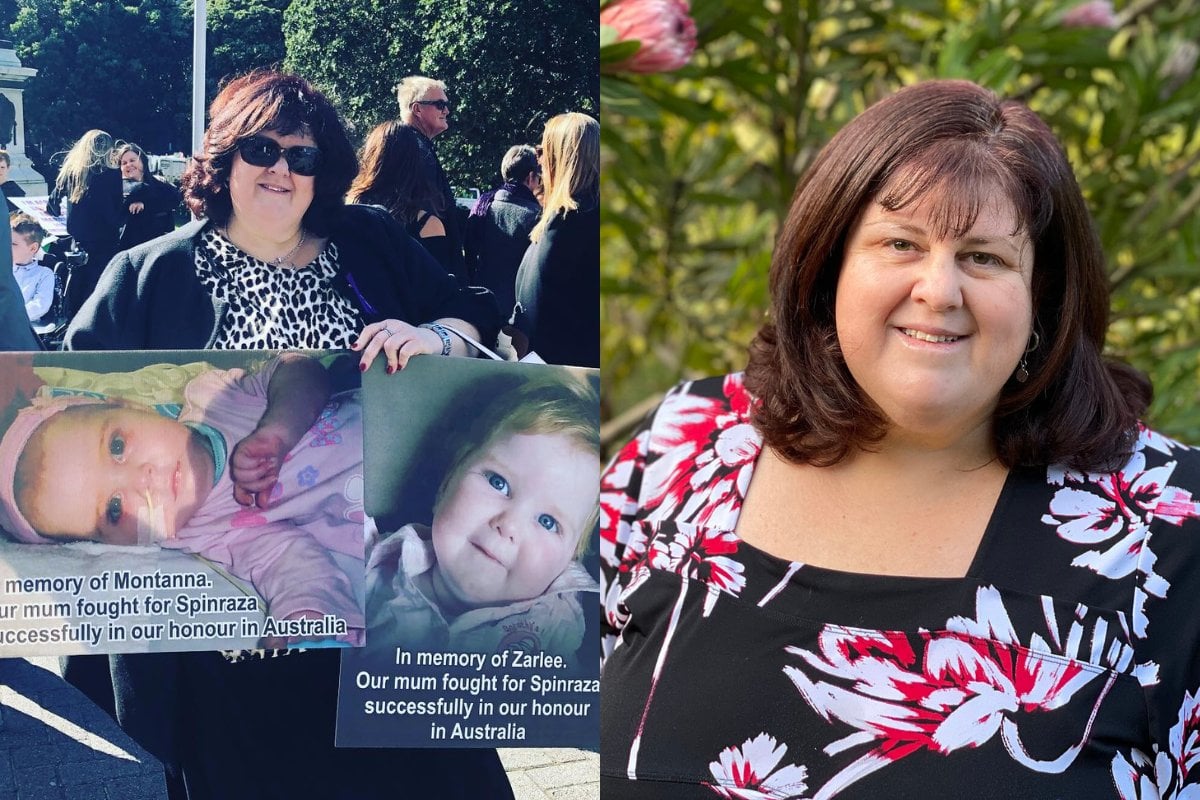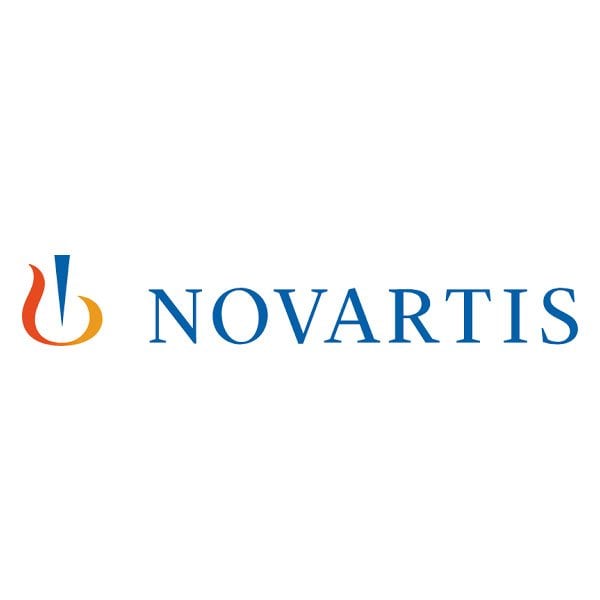

This article deals with child loss and might be triggering for some readers.
In 2004, when Julie and her partner Ross welcomed their first baby Montanna into the world, they both thought she was "perfectly healthy".
“I thought I had a perfect little baby. Simply by looking at her nothing appeared wrong with her,” Julie explains to Mamamia.
It wasn’t until three months later when Julie took Montanna to their GP with a cold that everything changed.
“The doctor told me she wasn’t worried about the cold, but he was worried because she had no reflexes,” explains Julie.
Montanna was diagnosed with the rare genetic disorder, spinal muscular atrophy (SMA) Type 1 – something which had been inadvertently passed on by both Julie and Ross who unbeknownst to them, were both carriers.
Spinal muscular atrophy is a condition that affects the nerves in the spinal cord, which control all the muscle movement of the body. Everything from head, arm, and leg movement through to the actions of breathing and swallowing are affected, eventually causing breathing to become laboured.
According to UNSW Sydney, SMA affects one in 10,000 babies born in Australia, and is the leading genetic cause of infant death.
While those impacted by the neurological illness strive to raise awareness of the condition year-round, it’s SMA Awareness Month each August that has communities pushing for stronger advocacy, education, research and sharing of lived experiences like Julie’s.
